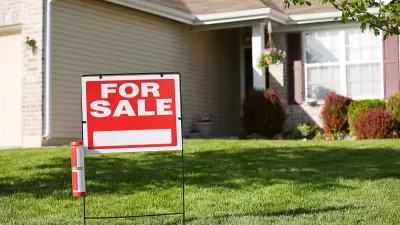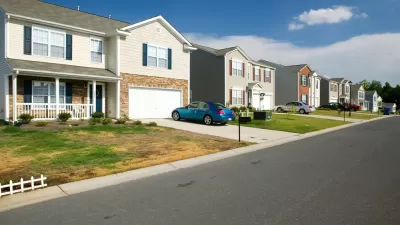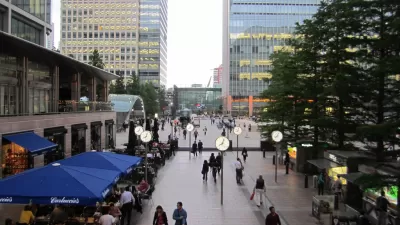New data indicates that housing prices are rising unequally across the United States, with the least affordable markets rising faster than more affordable ones. The growing gap could have implications for demographic trends and housing policies.
Jed Kolko parses the latest data from the Trulia Price Monitor and Trulia Rent Monitor and finds home prices rising at a faster pace in America's least affordable cities. "Among the 10 least affordable metros, the average [Year-over-Year] asking price gain was 16.3%," he notes. "In contrast, among the 10 most affordable metros, prices rose 9.5% on average – same as the national price increase, but well behind the average price gain for the 10 least affordable metros."
"That means that homeownership affordability is becoming more unequal across the U.S. – the gap between more affordable and less affordable markets is growing," Kolko explains. "This growing gap means two things for the housing market:
- First, as local markets become more unequal, more people will consider moving from less affordable to more affordable areas.
- Second, a widening affordability gap puts pressure on housing policy. It’s harder to come up with one-size-fits-all national housing policies when local markets are becoming more different from each other.
FULL STORY: Rising Prices Make Homeownership Affordability More Unequal Across the U.S.

Maui's Vacation Rental Debate Turns Ugly
Verbal attacks, misinformation campaigns and fistfights plague a high-stakes debate to convert thousands of vacation rentals into long-term housing.

Planetizen Federal Action Tracker
A weekly monitor of how Trump’s orders and actions are impacting planners and planning in America.

Chicago’s Ghost Rails
Just beneath the surface of the modern city lie the remnants of its expansive early 20th-century streetcar system.

Bend, Oregon Zoning Reforms Prioritize Small-Scale Housing
The city altered its zoning code to allow multi-family housing and eliminated parking mandates citywide.

Amtrak Cutting Jobs, Funding to High-Speed Rail
The agency plans to cut 10 percent of its workforce and has confirmed it will not fund new high-speed rail projects.

LA Denies Basic Services to Unhoused Residents
The city has repeatedly failed to respond to requests for trash pickup at encampment sites, and eliminated a program that provided mobile showers and toilets.
Urban Design for Planners 1: Software Tools
This six-course series explores essential urban design concepts using open source software and equips planners with the tools they need to participate fully in the urban design process.
Planning for Universal Design
Learn the tools for implementing Universal Design in planning regulations.
planning NEXT
Appalachian Highlands Housing Partners
Mpact (founded as Rail~Volution)
City of Camden Redevelopment Agency
City of Astoria
City of Portland
City of Laramie





























